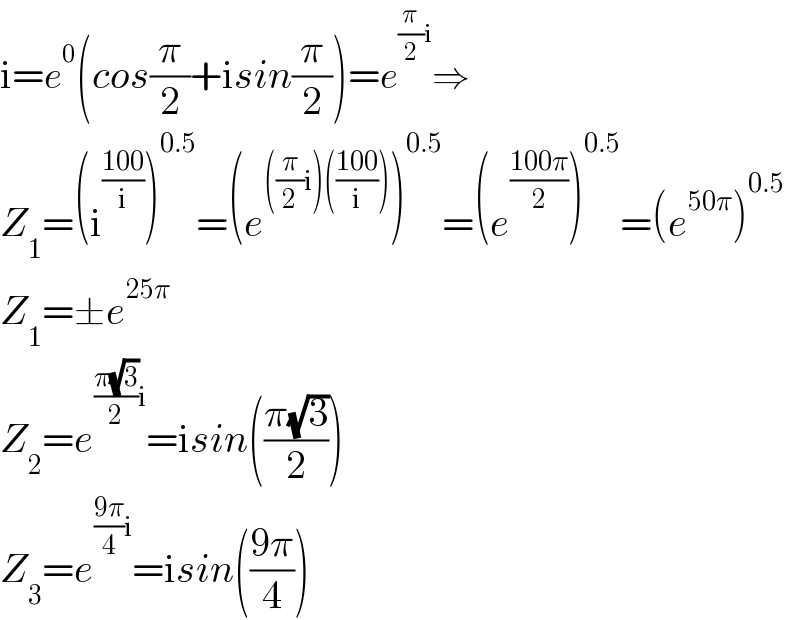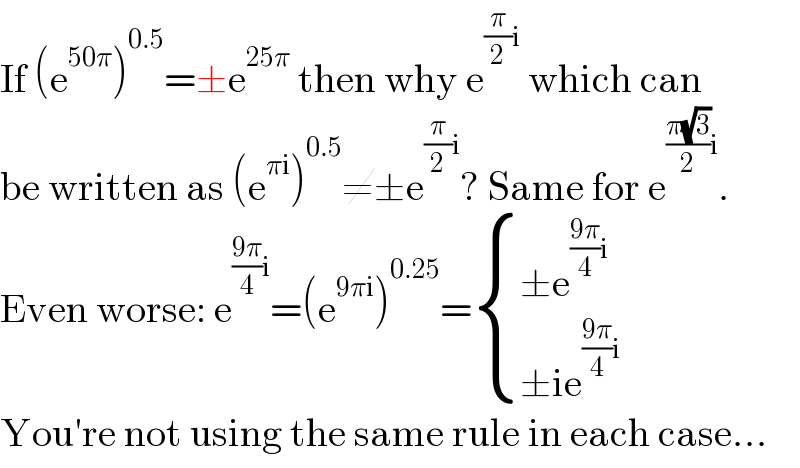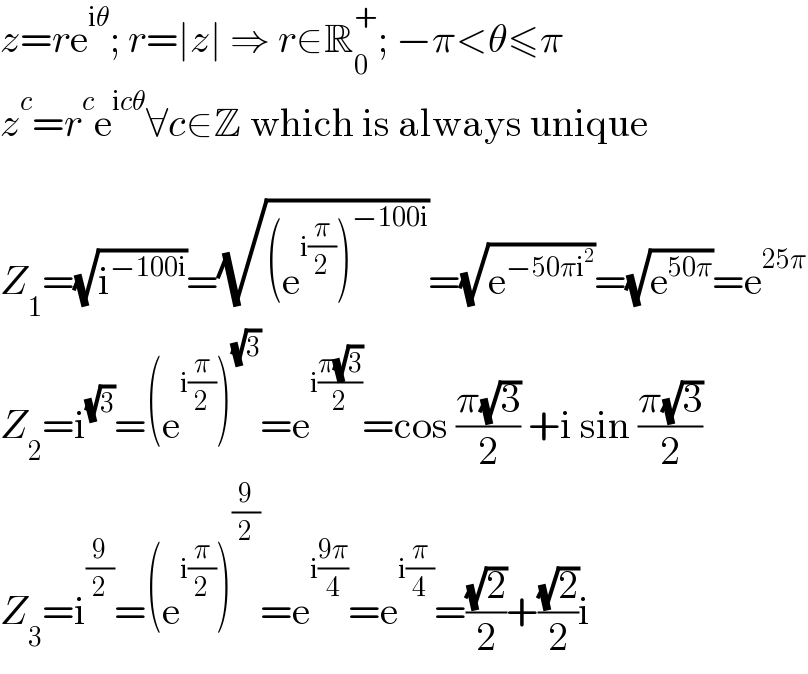
Question and Answers Forum
Question Number 184481 by yaslm last updated on 07/Jan/23

Answered by mahdipoor last updated on 07/Jan/23

Commented by yaslm last updated on 07/Jan/23
thanks complete sir
Commented by Frix last updated on 07/Jan/23

Answered by Frix last updated on 07/Jan/23

